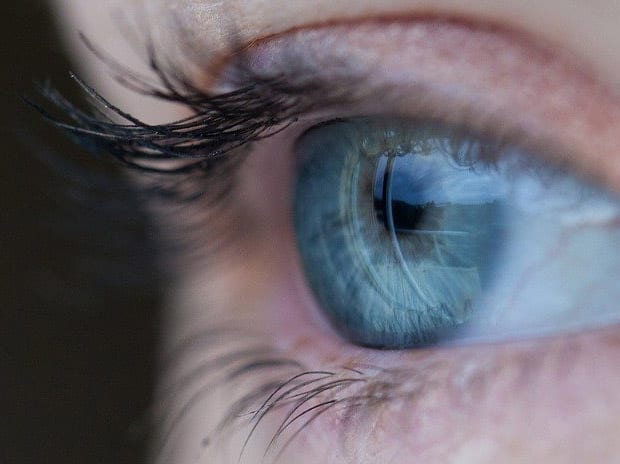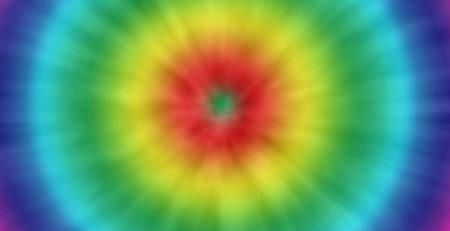A Simple Solution to Restore Damaged Vision
According to a new study recently published in the Journals of Gerontology, addressing the common decline in vision as we age may have a surprisingly simple and affordable solution IFLScience.com reports.
Lead author, Professor Glen Jeffery of the UCL Institute of Ophthalmology explains: “As you age your visual system declines significantly, particularly once over 40. Your retinal sensitivity and your color vision are both gradually undermined, and with an ageing population, this is an increasingly important issue. To try to stem or reverse this decline, we sought to reboot the retina’s aging cells with short bursts of longwave light.”
The researchers built on their previous findings in mice, bumblebees, and fruit flies, which all found significant improvements in the function of their retina’s photoreceptors when their eyes were exposed to 670 nanometres (long wavelength) deep red light. For this study 12 male and 12 female participants between the age of 28 and 72 who had no ocular disease were recruited, and they all had their eyes tested for the sensitivity of their rods, which provide peripheral vision and adapt vision in low or dim light, and cones, which mediate color vision. All participants were then given a small LED torch to take home and were asked to look into its deep red 670nm light beam for three minutes a day for two weeks, after which time their rod and cone sensitivity was re-tested.
While the light didn’t seem to have much of an impact on the eyes of the younger individuals, those who were approximately 40 years and oversaw significant improvement. “Our study shows that it is possible to significantly improve vision that has declined in aged individuals using simple brief exposures to light wavelengths that recharge the energy system that has declined in the retina cells, rather like recharging a battery,” Jeffery explained. “The technology is simple and very safe, using a deep red light of a specific wavelength, that is absorbed by mitochondria in the retina that supply energy for cellular function.”
The technology is also super affordable, costing only approximately $15 to make, allowing the technology to be highly accessible to the public.














